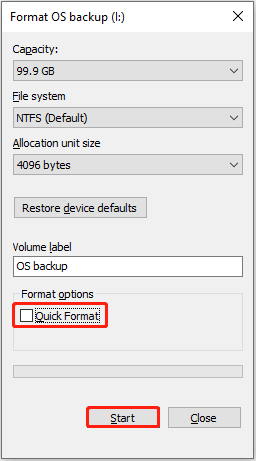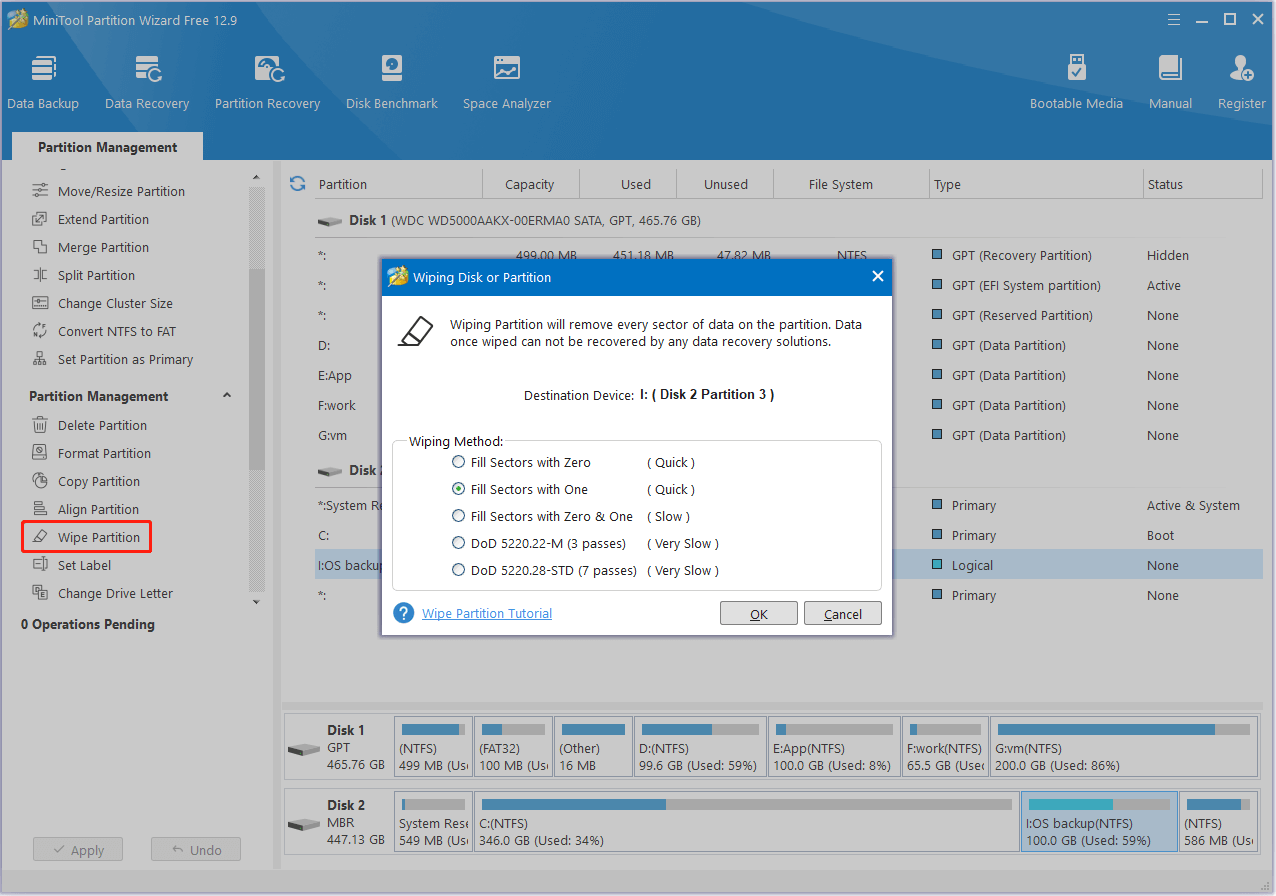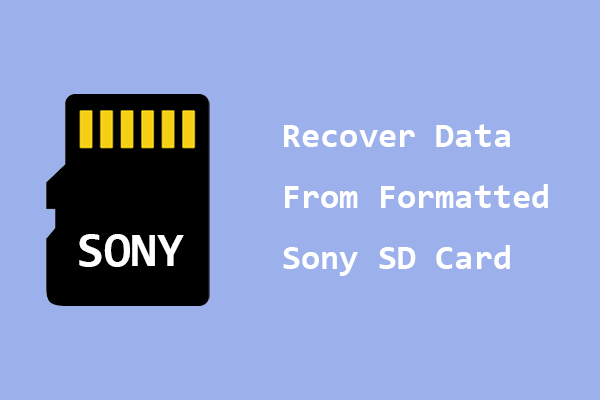Before selling or disposing of a hard drive or computer, ensuring that your files have been completely deleted and cannot be recovered is an important part of protecting your privacy. However, many users have verified that even if files have been completely deleted multiple times, they can still be recovered by various secure data recovery services. Why is this the case?
Why Deleted Files Can Still Be Recovered
Actually, when you delete a file, it is not immediately erased from your storage device. Instead, the operating system only marks the space it occupies as available for new data. As long as the space is not overwritten by new files, the deleted files can be recovered using data recovery software.
Even if you format the hard drive or delete the partition, the data may still be recoverable. A quick format and partition deletion only remove the file system index information, while the actual data still remains on the hard drive.
How to make sure deleted files are not recoverable? Use the following methods.
MiniTool ShadowMaker TrialClick to Download100%Clean & Safe
How to Prevent Deleted Files From Being Recovered
Way 1. Shred Unwanted Files
Shredding unwanted files is one of the most effective ways to ensure they cannot be recovered. Unlike regular deletion, file shredding tools usually overwrite the data with random information multiple times, making it impossible to restore.
There are many file shredder tools on the market, such as MiniTool System Booster, Securely File Shredder, and so on. MiniTool System Booster allows you to use its Incinerator Extension feature to destroy unwanted files for free within 15 days.
MiniTool System Booster TrialClick to Download100%Clean & Safe
Way 2. Overwrite Free Space
If you have deleted the files and the space is available for new data, you can use tools to overwrite the free space. CCleaner has a built-in feature called Drive Wiper that allows you to overwrite free space on your drive. This feature involves clearing the records and even residual files left by deleted files on the hard disk, thus making the deleted items no longer be restored.
So, you can download CCleaner and use it to overwrite the free space. See this tutorial: CCleaner Wipe Free Space and the Alternative Ways.
Way 3. Carry out a Full Format
Unlike a quick format, a full format is a more thorough method of erasing hard drive data. It deletes files, checks the disk for errors, and overwrites data during this process. Data that is removed through a full format is usually difficult or impossible to recover.
To perform a full format, follow the steps below:
Step 1. Open File Explorer, and go to the This PC section.
Step 2. Right-click your disk and choose Format.
Step 3. In the new window, set up the file system, allocation unit size, and volume label. Then, untick the Quick Format option, and click Start.

This is how to prevent recovery of deleted files on Windows by formatting the disk.
Way 4. Perform a Full Disk Wipe
A full disk wipe is the most secure way to ensure that all data on your hard drive is completely erased and unrecoverable. You can use the free partition manager, MiniTool Partition Wizard, to wipe the partition or the whole disk.
MiniTool Partition Wizard FreeClick to Download100%Clean & Safe
Step 1. Launch this partition manager to go to its main interface.
Step 2. Select the partition you want to wipe, and then click Wipe Partition from the left menu bar. Also, you can select the whole disk and choose Wipe Disk to wipe the disk at once.

Step 3. Select a wiping method and click OK.
Step 4. Once it is done, click Apply in the lower left corner to apply this operation.
Way 5. Physically Destroy the File Storage Device
The most extreme method is to physically destroy the disk. This way is only suitable when you are absolutely sure that you no longer need your file storage device and the data on it.
To physically damage the disk, you can cut it into small pieces, crush it, or melt it.
Bottom Line
How to prevent deleted files from being recovered on Windows? You can use a file shredder, overwrite the free space, perform a disk format/wipe, or destroy the disk physically.

User Comments :